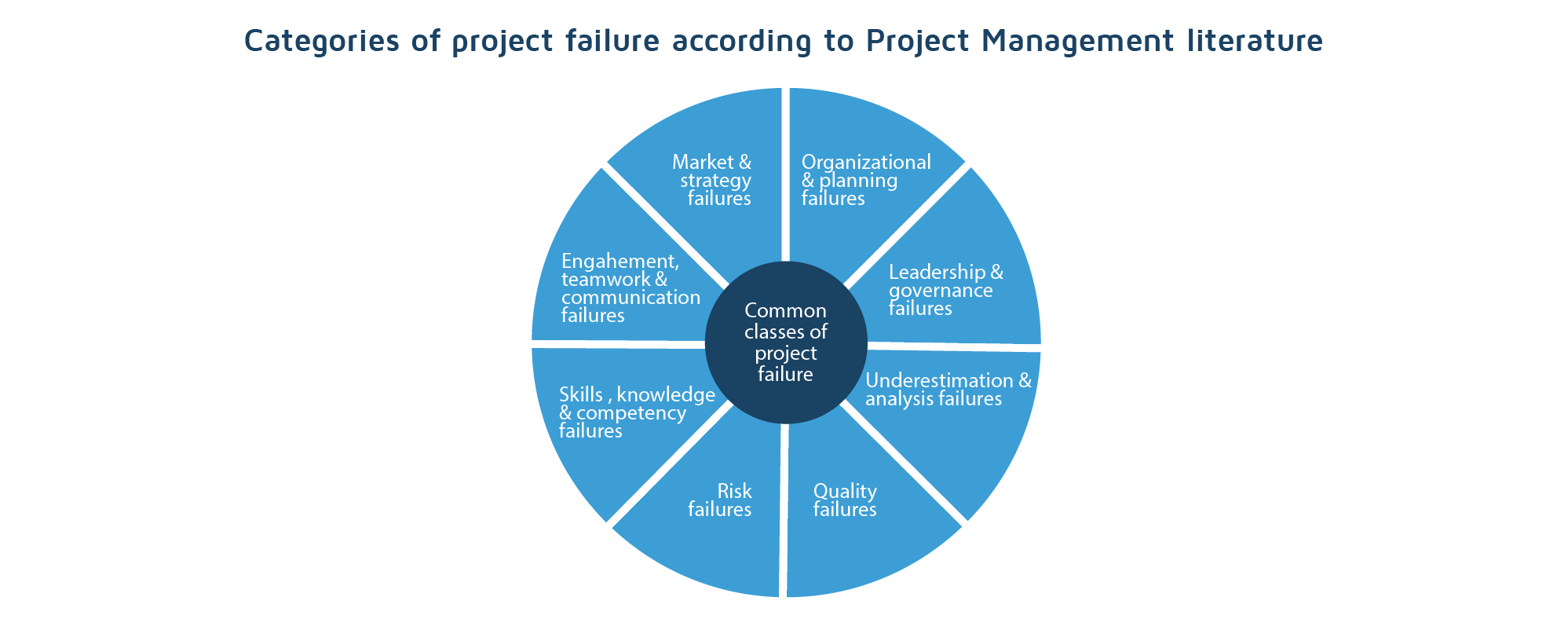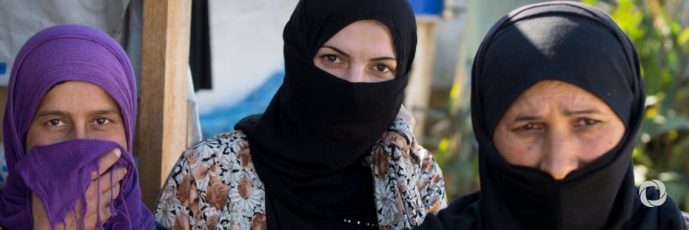A nationwide eviction ban was supposed to protect tenants like Tawanda Mormon, who was forced out of her two-bedroom Cleveland apartment last month.
Monday, November 30, 2020
Have's and Have Nots. Renters are still being evicted. November 30.2020
A nationwide eviction ban was supposed to protect tenants like Tawanda Mormon, who was forced out of her two-bedroom Cleveland apartment last month.
BEMA International. Since 2013 BEMA International has been a member of the United Nations Global Compact (UNGC). 10 Principles
Corporate sustainability starts with a company’s value system and a principles-based approach to doing business. This means operating in ways that, at a minimum, meet fundamental responsibilities in the areas of human rights, labour, environment and anti-corruption.
The Ten Principles of the United Nations Global Compact are derived from:
Human Rights
- Principle 1: Businesses should support and respect the protection of internationally proclaimed human rights; and
- Principle 2: make sure that they are not complicit in human rights abuses.
- Principle 3: Businesses should uphold the freedom of association and the effective recognition of the right to collective bargaining;
- Principle 4: the elimination of all forms of forced and compulsory labour;
- Principle 5: the effective abolition of child labour; and
- Principle 6: the elimination of discrimination in respect of employment and occupation.
- Principle 7: Businesses should support a precautionary approach to environmental challenges;
- Principle 8: undertake initiatives to promote greater environmental responsibility; and
- Principle 9: encourage the development and diffusion of environmentally friendly technologies.
- Principle 10: Businesses should work against corruption in all its forms, including extortion and bribery.
--------------------------------------------------------
The UN Global Compact Ten Principles and the Sustainable Development Goals: Connecting, Crucially
Illustrates the philosophical and practical connections between the UN Global Compact Ten Principles and the Sustainable Development Goals. This white paper draws an important philosophical line in the sand in relation to the crucial importance of principles, especially the UN Global Compact Ten Principles. We welcome your input.
EPECARE 2019. Deployment to the Bahamas.
https://www.youtube.com/watch?v=kXToTZTgcD8&feature=share&fbclid=IwAR21FXXmDMXP47-YyZL_8r7b3-1yDDDSxWgBikeo0PiTwfHfEP8gfRia7f8
Sunday, November 29, 2020
Damon J. Batiste: New Orleans-South Africa Music Ambassador
Damon J. Batiste: New Orleans-South Africa Music Ambassador
Damon J. Batiste: New Orleans-South Africa Music AmbassadorA Confluence for...
Read MoreSaturday, November 28, 2020
Why do international development projects fail? November 28, 2020
26 november 2020
The current aid system has grown into an enormous endeavor reaching a total of US$152.8 billion in official development assistance in 2019. However, research shows that a huge portion of aid projects fail or suffer problems, with the figure sometimes amounting to almost a half. This article analyzes what project failure is and looks at the main causes for the failure of international development projects.
What is an international development project?
Nowadays, projects are the building blocks of international development and most aid is delivered through the project model, which has become the primary instrument for grants, loans, and technical aid. The Marshall Plan, implemented after WWII, is the program that set the tone.
Through international development projects (IDPs), governments, national agencies, multilateral development banks, such as the World Bank, United Nations agencies, bilateral government agencies, such as USAID, and NGOs channel development assistance to developing countries. The main aim of development projects is to stimulate economic growth, bring change, and to boost national and sectoral development in the developing world. It is exactly in this respect that the objectives of international development projects differ from conventional commercial projects, which have a commercial gain as a motive. This is one of the reasons that makes development projects challenging: removing the imperative to make profit seems detrimental to project implementation. Experience shows that aid and development projects fail and suffer difficulties at higher rates than for-profit projects and this often leads to dire consequences for both governments and recipients alike, such as mounting debt or causing beneficiaries to be worse off.

Source: www.developmentaid.org
What is project failure?
The concept of project failure has been a long-debated subject and not only in the development sector. Any attempt to define failure has by no means been easy and no generalized definition has been given by theoreticians for this notion. Some categorize a project that has been terminated before completion as a failure. On the other hand, a project might be completed on time, within budget, and to the required specification, but might turn out to be a failure because it was unsuccessful in making the desired impact or bringing a return on investments. Furthermore, would a project that is completed to the required specifications but outside its planned implementation period and budget and yet makes the required impact be considered to be a failure? One could simply say that a project is a failure if the stakeholders consider this to be so. The literature in the field however suggests that some characteristics are strongly related to the perception of project failure.
Three layers of project failure
There are three layers of research regarding aid projects which can lead to failure. The first focuses on broad macro-economic indicators that could become the cause of challenge for individual projects. Such indicators are literacy rates, per-capita income, or the prevalence of a disease in a region or nation. The second layer, a narrower one, is focused on project implementation related indicators which includes issues such as fieldwork, project activities and project outcomes as well as community processes. Results for this micro-layer are easier to capture and evaluate. The third layer, termed by some authors as the mezzo-issue, is concerned with management and leadership and looks into how people and organizations that implement development activity are managed, motivated, or led.
Internal failure red flags
Unsuccessful projects usually start to fail early on and there are numerous red flags within the project’s activities that, can alert the implementers. Such signs can be inadequate reporting, isolationism or lack of communication, overemphasis on how a system will be built, staff re-assignments, and sluggish achievements. According to the literature, these red flags can be categorized into people-related and process-related and are called Early Warning Signs, defined as events or indications that predict, raise caution, or alert regarding a possible impending problem. Giving these flags appropriate consideration can increase the probability of successful project outcomes.

IDP failure rate
It can happen that a single trigger event leads to project failure but, more often than not, it is a complex entwined set of problems which cumulatively result in failure. Many causes of project failure have been studied with every failed project having its own set of issues therefore the best way to understand the causes of project failure is to study prior projects that have failed.
Research so far argues that the failure rate of aid projects, despite having the experience of decades of implementation and evaluation, remains high. For example, some research claims that only half of the World Bank’s projects in Africa have a positive evaluation and are considered a success. In an attempt to evaluate the success rate of aid projects and the leading causes of failure, the World Bank Group and the Development Research Group have published a paper examining decades of project implementation by the World Bank and the Asian Development Bank. The assessment uses data from 3,821 World Bank projects since 1995 and 1,342 ADB projects since 1973 to produce project outcomes conclusions.
The finding is that macro-level country characteristics contribute only 10-15% of a project outcome which indicates that the specific internal factors of the project implementation actually play the crucial role that leads to success or failure. Among macro variables, country growth and the policy environment are the significant factors that can influence project outcomes. Among the leading project-specific causes of failure are longer project duration and the lack of additional financing. In addition, the track record of the project manager in delivering projects plays a significant role as to whether a project will succeed or fail.

Good vs poor project management
Good project management is one of the key strategies for successful project implementation whereas bad project management and poor planning continue to crippling the implementation of development projects. Furthermore, too often the common causes of IDP failure overlap with the generic factors of project failure in the Project Management literature. The disconnection between the donors and local organizations and managers, bad management decisions and actions such as ignoring the environment of the project, rewarding wrong actions and lack of communication of goals, weak plans that fail to identify risk factors and mitigation measures are among the many leading causes of project failure. And, of course, research points to the important role the leadership of projects and organizations has to play in managing successful projects.
“All too often this failure of leadership results in programmatic dysfunctionality and even organizational collapse,” Trees Die From the Top, John Haily and Rick James, 2004.
DevelopmentAid is a leading platform in the development sector, gathering together information on jobs, experts, organizations, donors, and references. To gain access to the numerous job opportunities posted daily on our platform, register with DevelopmentAid, and become a member of our community.
Gender-based violence on the rise during lockdowns
 Gender-based violence on the rise during lockdowns
Gender-based violence on the rise during lockdowns
26 november 2020
By early April, over half the world’s population was living under lockdown, and women with violent partners found themselves trapped with their abusers and cut off from the support of friends and family. Within months of the outbreak starting, UN Women was warning of a Shadow Pandemic, as all types of violence against women and girls, but particularly domestic violence, intensified.
Refugee and displaced women were at greater risk from gender-based violence (GBV) even before COVID-19. The pandemic has heightened their vulnerability.
While data has been slow to emerge, with displaced women often afraid or unable to seek help, some patterns are becoming clear. Colombia’s Ministry of Health reported a nearly 40 percent increase of GBV incidents affecting the country’s Venezuelan population between January and September of this year, compared to the same period last year.
The Global Protection Cluster – a UNHCR-led network of NGOs and UN agencies providing protection to people affected by humanitarian crises – noted in August that gender-based violence was occurring at a higher incidence in 90 percent of its operations, including in Afghanistan, Syria, and Iraq. Meanwhile, nearly three-quarters of refugee and displaced women surveyed recently by the International Rescue Committee in three regions of Africa reported an increase of GBV in their communities.
Just as levels of violence against women have risen, lockdowns and other movement restrictions have made it more difficult for survivors to report abuse and seek help. Refugee women often lack access to public health facilities and other critical social services and are reliant on services available through NGOs and UN agencies. But COVID has forced many of those services to close and in camps from Kenya to Bangladesh, humanitarian workers have been unable to visit refugees or organize prevention activities.
“In March, we realized we weren’t able to do our normal activities,” said Gabriela Cunha Ferraz, a GBV officer with the UN Refugee Agency (UNHCR) in Kakuma refugee camp in north-western Kenya. “It forced us to start thinking about different ways of reaching people.”
In many locations, this has involved a shift to online support groups and tele-counseling. In Lebanon, for example, GBV staff moved from running prevention sessions for refugee women in physical safe spaces, to running them online.
Original source: UNHCR
Friday, November 27, 2020
Communities and Community Stakeholders. Must be at the table.
BEMA International
$23,500,000 Grant. National Science Foundation Smart and Connected Communities
National Science Foundation
Smart and Connected Communities
Synopsis 1
https://www.grants.gov/web/grants/view-opportunity.html?oppId=330047
| Agency Name: | National Science Foundation | ||
|---|---|---|---|
| Description: | Communities in the United States (US) and around the world are entering a new era of transformation in which residents and their surrounding environments are increasingly connected through rapidly-changing intelligent technologies. This transformation offers great promise for improved wellbeing and prosperity but poses significant challenges at the complex intersection of technology and society. The goal of the NSF Smart and Connected Communities (S&CC) program solicitation is to accelerate the creation of the scientific and engineering foundations that will enable smart and connected communities to bring about new levels of economic opportunity and growth, safety and security, health and wellness, accessibility and inclusivity, and overall quality of life. For the purposes of this solicitation, communities are defined as having geographically-delineated boundaries—such as towns, cities, counties, neighborhoods, community districts, rural areas, and tribal regions—consisting of various populations, with the structure and ability to engage in meaningful ways with proposed research activities. A “smart and connected community” is, in turn, defined as a community that synergistically integrates intelligent technologies with the natural and built environments, including infrastructure, to improve the social, economic, and environmental well-being of those who live, work, learn, or travel within it. The S&CC program encourages researchers to work with community stakeholders to identify and define challenges they are facing, enabling those challenges to motivate use-inspired research questions. For this solicitation, community stakeholders may include some or all of the following: residents, neighborhood or community groups, nonprofit or philanthropic organizations, businesses, as well as municipal organizations such as libraries, museums, educational institutions, public works departments, and health and social services agencies. The S&CC program supports integrative research that addresses fundamental technological and social science dimensions of smart and connected communities and pilots solutions together with communities. Importantly, the program is interested in projects that consider the sustainability of the research outcomes beyond the life of the project, including the scalability and transferability of the proposed solutions. This S&CC solicitation will support research projects in the following categories:
|
A Family Affair. Jon Batiste Grammy Nomination for Best Contemporary Instrumental Album
|
|
|
|
|
|
Tuesday, November 24, 2020
One Checklist version. Customize one for your community. Community Emergency Response Team Set-Up Checklist
Community Emergency Response Team Set-Up Checklist
An educated and well-trained citizen response team may be your best line of defense against an emergency. Use this checklist as you build your CERT to ensure you are preparing for success.DOWNLOAD PAPER
Mental Health in the Black Community, and other communities of color. "Filling The Gaps" Discussion. Tuesday, November 24, 2020, 11:00am - 12:30pm PT
Reminder.....
"Filling The Gaps" Discussion. Tuesday, November 24, 2020, 11:00am - 12:30pm PT

11:00am - 12:30pm PT
Join Zoom Meeting
https://zoom.us/j/99657773828?pwd=ZWErUDVOMVc5N1F3UG80TnVRTzhrdz09
Meeting ID: 996 5777 3828
Passcode: 001669
One tap mobile
+16699006833,,99657773828#,,,,,,0#,,001669# US (San Jose)
+12532158782,,99657773828#,,,,,,0#,,001669# US (Tacoma)
Dial by your location
+1 669 900 6833 US (San Jose)
+1 253 215 8782 US (Tacoma)
+1 346 248 7799 US (Houston)
+1 312 626 6799 US (Chicago)
+1 929 205 6099 US (New York)
+1 301 715 8592 US (Washington D.C)
Meeting ID: 996 5777 3828
Passcode: 001669
Find your local number: https://zoom.us/u/aeiEpn4XuV
Let's talk even more during the COVID -19 Crisis. Why? Seasonal Affective Disorder. November 24, 2020
| |||||||||||||||||||||||||||||||||||||||||||||||||||||||||||||||||||||||||||||||||||||||||||||||||||||||||||||
| |||||||||||||||||||||||||||||||||||||||||||||||||||||||||||||||||||||||||||||||||||||||||||||||||||||||||||||






